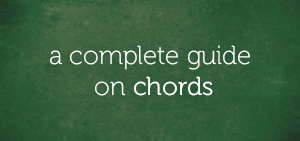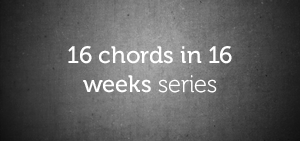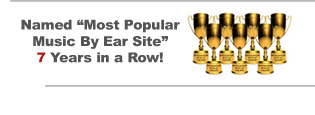This post is going to be short because the concept is so simple… if you know your major scales!
Basically, every major scale comes with a paired minor scale.
We call that the “relative minor” of whatever major key you’re in.
How do you know where to find it? It’s simple.
Go to the 6th tone!
Let’s take C major, for example:
C major
C D E F G A B C
1 2 3 4 5 6 7
The 6th tone is “A.”
That means, “A” is the relative minor of C. Very simple!
C major (relative major) / A minor (relative minor)
Db major (relative major) / Bb minor (relative minor)
D major (relative major) / B minor (relative minor)
Eb major (relative major) / C minor (relative minor)
E major (relative major) / C# minor (relative minor)
F major (relative major) / D minor (relative minor)
F# major (relative major) / D# minor (relative minor)
G major (relative major) / E minor (relative minor)
Ab major (relative major) / F minor (relative minor)
A major (relative major) / F# minor (relative minor)
Bb major (relative major) / G minor (relative minor)
B major (relative major) / G# minor (relative minor)
Now here’s the part that’s going to make you jump up and down…
To play, let’s say, the “A minor” scale, all you have to do is play all the notes of the “C major scale” (its relative major) — beginning and ending on “A.”
In other words, “A minor” and “C major” share the same EXACT notes. The only, and I mean the ONLY difference is the starting and ending notes of their scales.
So if this is the “C major” scale (I’m going to use two octaves for this example):
C D E F G A B C D E F G A B C
Then, this is the “A minor” scale:
C D E F G A B C D E F G A B C
In other words:
A B C D E F G A
Was that simple or what? So if you know your major scales, you should also know your minor scales now!
Until next time —







Comments on this entry are closed.